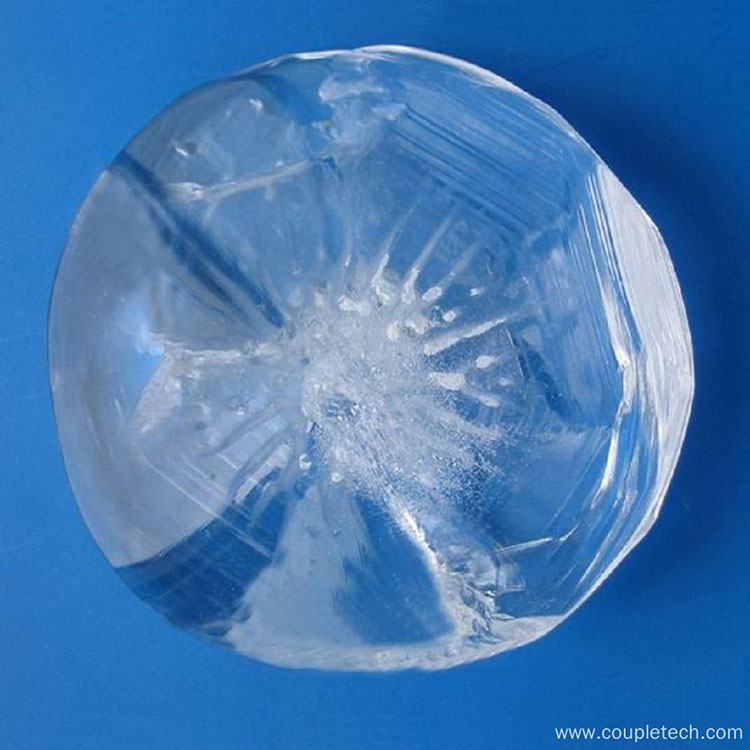
- English
- 简体中文
- Español
- Português
- русский
- Français
- 日本語
- Deutsch
- tiếng Việt
- Italiano
- Nederlands
- ภาษาไทย
- Polski
- 한국어
- Svenska
- magyar
- Malay
- বাংলা ভাষার
- Dansk
- Suomi
- हिन्दी
- Pilipino
- Türkçe
- Gaeilge
- العربية
- Indonesia
- Norsk
- تمل
- český
- ελληνικά
- український
- Javanese
- فارسی
- தமிழ்
- తెలుగు
- नेपाली
- Burmese
- български
- ລາວ
- Latine
- Қазақша
- Euskal
- Azərbaycan
- Slovenský jazyk
- Македонски
- Lietuvos
- Eesti Keel
- Română
- Slovenski
- मराठी
- Srpski језик
What is an Optical Crystal?
2024-06-21
Optical Crystal is a remarkable material known for its exceptional clarity, durability, and versatility. Unlike other types of crystal, Optical Crystal contains no mineral content, making it completely translucent and colorless. Its unique properties make it highly valuable in various applications, from decorative items to advanced optical instruments.
Defining Optical Crystal
Optical Crystal is a type of high-quality glass that is meticulously crafted to be free of any impurities or inclusions. This purity results in a material that is much clearer than traditional lead crystal. The absence of any color or cloudiness allows Optical Crystal to transmit light with minimal distortion, making it ideal for applications where clarity is paramount.
Key Characteristics of Optical Crystal
Exceptional Clarity: One of the most defining features of Optical Crystal is its unparalleled clarity. Because it lacks any mineral content, Optical Crystal does not exhibit the faint coloration often seen in other types of glass or crystal. This makes it an excellent choice for optical applications where precise light transmission is crucial.
Durability: Optical Crystal is known for its impressive durability. It is resistant to scratching and chipping, making it a long-lasting material suitable for various uses. This robustness is particularly beneficial in environments where the crystal might be subject to wear and tear.
Translucency: The high level of translucency in Optical Crystal allows light to pass through with minimal interference. This quality is essential for creating lenses and other optical components that require accurate light guidance and manipulation.
Applications of Optical Crystal
Optical Instruments: Due to its clarity and ability to transmit light effectively, Optical Crystal is widely used in the manufacture of lenses, prisms, and other optical components. These elements are critical in devices such as cameras, microscopes, telescopes, and eyeglasses.
Decorative Items: Optical Crystal is also popular in the creation of decorative pieces, such as awards, trophies, and sculptures. Its clear and flawless appearance makes it an attractive choice for items meant to convey elegance and prestige.
Lighting: In lighting applications, Optical Crystal can be engineered to guide light precisely, enhancing the brightness and focus of light fixtures. This makes it useful in both residential and commercial lighting solutions.
Scientific Research: Optical Crystal is often used in scientific research, particularly in experiments that require precise light manipulation. Its ability to maintain clarity under various conditions makes it a reliable material for advanced optical studies.
The Manufacturing Process of Optical Crystal
The production of Optical Crystal involves several meticulous steps to ensure its purity and quality:
Melting: High-quality silica is melted at extremely high temperatures to form a clear and homogeneous liquid.
Molding: The molten glass is then poured into molds to create the desired shapes. This process must be carefully controlled to avoid introducing any impurities.
Cooling: The molded glass is slowly cooled to room temperature in a process known as annealing. This step helps to relieve internal stresses and prevent cracking.
Polishing: Once cooled, the Optical Crystal is polished to enhance its clarity and smoothness. This involves grinding the surface with fine abrasives until it achieves a flawless finish.
Optical Crystal stands out as a superior material due to its exceptional clarity, durability, and versatility. Its ability to transmit light with minimal distortion makes it invaluable in various applications, from advanced optical instruments to elegant decorative pieces. Understanding what Optical Crystal is and its unique properties highlights its importance in both scientific and everyday contexts. As technology advances, the applications of Optical Crystal are likely to expand, further showcasing its critical role in modern innovation.



